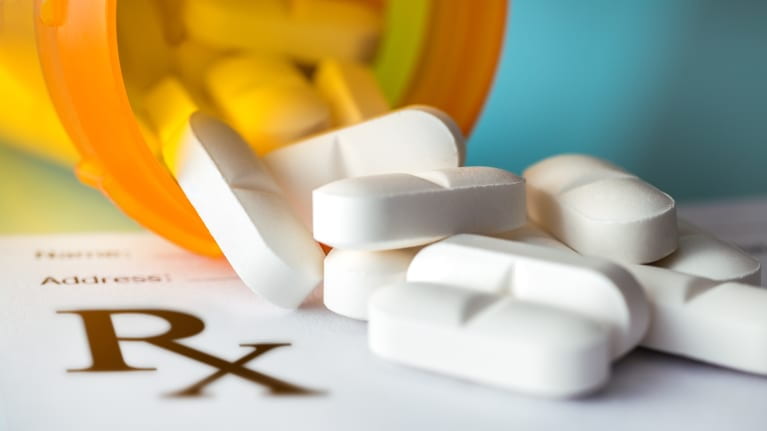This paper revisits Peltzman (1973) in light of two recent opportunities to quantitatively assess tradeoffs in drug regulation. First, reduced regulatory barriers to drug manufacturing associated with the 2017 reauthorization of Generic Drug User Fee Amendments were followed by significantly more entry and lower consumer prices for prescription drugs. Using a simple and versatile industry model and historical data on entry, I find that easing generic restrictions discourages innovation, but this welfare cost is more than offset by consumer benefits from enhanced competition, especially after 2016. Second, accelerated vaccine approval in 2020 had unprecedented net benefits as it not only improved health but substantially changed the trajectory of the wider economy. The evidence suggests that cost-benefit analysis of FDA regulation is incomplete without accounting for substitution toward potentially unsafe and ineffective treatments that are both outside FDA jurisdiction and heavily utilized prior to FDA approval. Moreover, the policy processes initiating these 21st century regulatory changes show a clear influence of Peltzman’s 1973 findings.
“…consumer losses from purchases of ineffective drugs or hastily-marketed unsafe drugs appear to have been trivial compared to their gains from innovation.” Peltzman (1973), describing drug markets before the Food and Drug Administration was tasked with certifying drug efficacy. Click here to read the full paper.


بعد الصيانة، أصبح المكيف يعمل بشكل رائع. الخدمة كانت سريعة والعمال محترفين. تجربة رائعة بكل المقاييس. فني تكييف
المكيف يعمل بشكل ممتاز الآن، شكراً لفريق العمل المتميز. خدمة رائعة وأسعار مناسبة. فني تكييف وحدات
This is a fascinating look at FDA regulation through a modern lens, echoing Peltzman’s original findings. The analysis of generic drug entry and accelerated vaccine approval highlights the complex trade-offs. It’s like managing your team in Retro bowl: you’re constantly balancing short-term gains with long-term strategy. Ignoring the potential for unsafe alternatives outside FDA oversight could be a major fumble, much like a bad call on fourth down in a close game.
This website online can be a stroll-by means of for all the data you needed about this and didn’t know who to ask. Glimpse here, and you’ll undoubtedly uncover it. اصلاح ثلاجات
It is appropriate time to make some plans for the future and it’s time to be happy. I have read this post and if I could I want to suggest you some interesting things or advice. Perhaps you could write next articles referring to this article. I desire to read more things about it! ورشه تصليح ثلاجات
U888 là nhà cái uy tín hàng đầu, mang đến sân chơi đa dạng và công bằng cho người chơi Việt. Với giao diện hiện đại, bảo mật cao và tỷ lệ trả thưởng hấp dẫn, U888 cam kết đem lại trải nghiệm giải trí an toàn, minh bạch và đầy phấn khích mỗi ngày.
J88 – Cổng game giải trí đỉnh cao tại j88dd.com, nơi hội tụ hàng nghìn game thủ yêu thích cá cược, đổi thưởng nhanh chóng và uy tín. Giao diện mượt mà, bảo mật tuyệt đối, khuyến mãi hấp dẫn mỗi ngày. Trải nghiệm J88 ngay để không bỏ lỡ cơ hội làm giàu!
nhà cái new88 là điểm đến uy tín cho người chơi yêu thích giải trí trực tuyến. Với dịch vụ chuyên nghiệp, ưu đãi hấp dẫn và hệ thống bảo mật hiện đại, nhà cái New88 cam kết mang đến trải nghiệm an toàn, minh bạch và tiện lợi cho mọi thành viên.
23win là sân chơi giải trí trực tuyến uy tín, nổi bật với các trò chơi đa dạng như game bài, bắn cá và thể thao điện tử. Giao diện thân thiện, tốc độ mượt mà cùng hệ thống bảo mật cao mang đến trải nghiệm an toàn, minh bạch và hấp dẫn cho mọi người chơi.
U888 tự hào mang đến cho người chơi một hệ sinh thái giải trí đa dạng với giao diện thân thiện, thao tác mượt mà và tốc độ xử lý nhanh chóng.
98WIN là một nền tảng trò chơi trực tuyến được thiết kế để mang đến trải nghiệm giải trí cũng như tỷ lệ thắng lớn cho người chơi.
Hubet là nền tảng cá cược trực tuyến hàng đầu, mang đến trải nghiệm giải trí an toàn, minh bạch và hấp dẫn. Với giao diện hiện đại, tỷ lệ kèo cạnh tranh và dịch vụ chăm sóc khách hàng 24/7, Hubet là lựa chọn lý tưởng cho người chơi muốn khám phá thế giới cá cược.
Xoilac là nền tảng phát sóng trực tiếp bóng đá, nơi bạn trải nghiệm bóng đá trực tuyến với chất lượng HD sắc nét, không gián đoạn. Theo dõi các trận cầu hấp dẫn, phát sóng liên tục hoàn toàn miễn phí thích hợp xem trên mọi thiết bị.
Không chỉ là một nhà cái quốc tế, 188bet còn xây dựng hệ sinh thái cá cược phù hợp với người chơi Việt. Các chương trình khuyến mãi thường xuyên, giao diện dễ dùng và tỷ lệ kèo ổn định chính là điểm cộng lớn. Anh em có thể vào 188bet fish để đăng ký và nhận ngay ưu đãi hấp dẫn.
789p là nền tảng giải trí trực tuyến hàng đầu với giao diện thân thiện, bảo mật cao và dịch vụ chăm sóc khách hàng 24/7. Người dùng có thể tham gia nhiều hoạt động hấp dẫn như thể thao, bắn cá, trò chơi đổi thưởng cùng nhiều ưu đãi và sự kiện diễn ra thường xuyên.